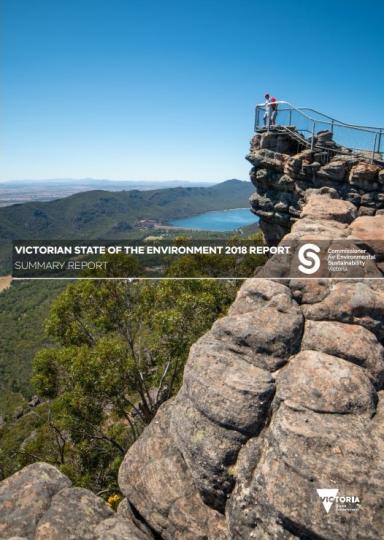The State of the Environment 2018 Report tells Victorians about the health of our environment – our land, our water, our air, and our ecosystems.
In 2019, three significant reports on the health of our environment, prepared by the Commissioner for Environmental Sustainability, were publicly released - the State of the Environment 2018 Report, the State of the Yarra and its Parklands 2018 Report, and the State of the Forests 2018 Report.
Using 170 different scientific indicators, the State of the Environment 2018 Report shows us where we’re doing well and where we need to improve.
The report includes recommendations. The Commissioner’s recommendations include specific actions, policy changes, and new indicators to monitor so we can fill gaps in our knowledge and improve decision making.
The Future Focus 2030 discussion and recommendations are intended to support environmental improvement over the next decade to 2030. This is not an arbitrary time-horizon. It aligns the recommendations of this report with the ‘2030 Agenda for Sustainable Development’ and the reporting arrangements of the Sustainable Development Goals. All 193 member states of the UN have committed to achieving each goal and target by 2030 in order to ‘leave no one behind’.

Commissioner Dr Gillian Sparkes AM explains the State of the Environment 2018 Report
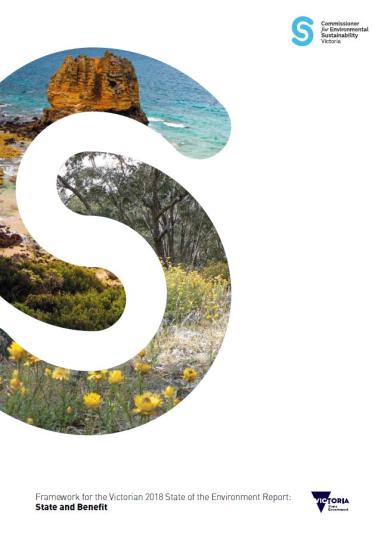
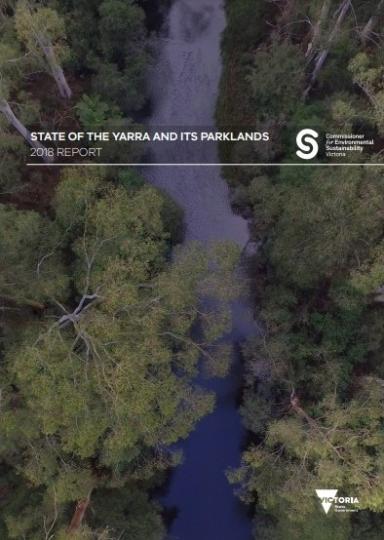
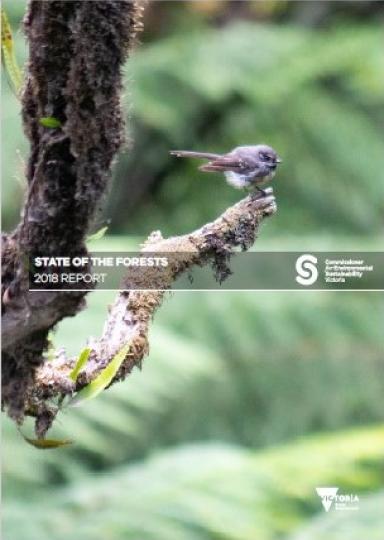
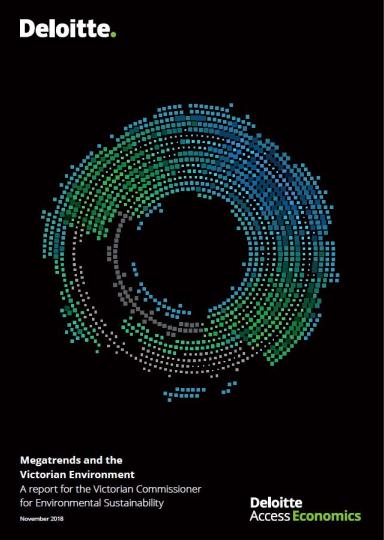
The State of Waste: an interview with Dr Gillian Sparkes
Commissioner for Environmental Sustainability Victoria, Dr Gillian Sparkes, discusses the state of waste with Waste Management Review and how the State of the…
2019 Winners of the Premier's Sustainability Awards
Congratulations to all winners of the 2019 Premier's Sustainability Awards and Sustainability Victoria for a wonderful event to celebrate and recognise the hard work of all Victorians who are making…
Energy: 13 Themes in 13 Weeks Series
As part of our special series exploring the 13 key themes of the Victorian State of Environment 2018 Report, this week we highlight our chapter on Energy coinciding with the Commissioner of…


